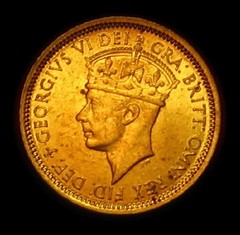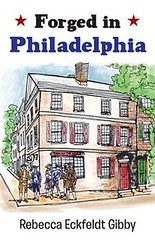
PREV ARTICLE
NEXT ARTICLE
FULL ISSUE
PREV FULL ISSUE
NOTES FROM E-SYLUM READERS: NOVEMBER 22, 2015On Collectors and Collecting
l especially liked your comments about collectors and collecting.
Thanks. That was one of my favorite parts of the last issue as well. Thanks to Wayne Herndon for leading the conversation. -Editor
To read the earlier E-Sylum article, see:
The Savings Bank of Louisville, KY
The Savings Bank of Louisville, KY is listed in Paul Garland’s book “The History of Early Tennessee Banks and Their Issues” under Nashville, TN G-970 – G-974. Garland indicates Otis Anolo & Co. were Agents. In existence in 1837 and 1838. No listing in Haxby since it was not an authorized Bank in TN. Garland also lists a number of Otis Anolo & Co. (pre-denominated checks) on the Planters Bank of TN from this hard times period (G-975 – G-980). They signed and issued checks of denominations of: 12 ½ , 25, 50 cents, 2 types of both $1 and $2 checks. The 12 ½ cent check has been discovered since Paul Garland book was published. To read the earlier E-Sylum article, see:
Query: NASCA Wayte Raymond Part 2 Catalog Sought
Would anyone happen to have a copy of NASCA’s May 1978 Wayte Raymond Sale, Part 2? I am trying to find the descriptions of four medals from that sale: lots 3612, 1788, 2910 and 2522. That catalog seems excessively hard to track down. Another 1952 British West Africa Six Pence
While doing some research on the 1952 British West Africa sixpence, I came across the article submitted by Mr. John Linhoss in The E-Sylum: Volume 16, Number 35, August 25, 2013, Article 19. If I may, I would like to add a little bit to the story. I am thinking of moving from the west coast to the east coast, where I lived many decades ago, and was rummaging around to see what can be discarded. I came across a box of British West Africa coins which included the subject coin in what I would call uncirculated condition. A friend of mine, his name was Charles, I don't remember his last name, knew I collected coins and so he gave me some of these coins. I'm not familiar with the other names that were mentioned in the article. At that time I was getting away from foreign coins and concentrating on US coins. So I just put them aside and forgot about them. I would appreciate hearing about this coin if you have any further information.  
According to Linhoss, "only 167 made their way in the numismatic market," making this a very scarce coin. -Editor
To read the earlier E-Sylum article, see:
The Museum of the American Revolution
Here is announcement of a new children’s book about Adam Eckfeldt. It comes from the weekly newsletter of Museum of American Revolution which is being built now in Philadelphia.
Thanks. I was unaware of the new museum, which sounds like it could become a go-to destination for students of colonial numismatics.
Hopefully they'll incorporate some numismatics into their exhibits. We've covered the book before; see below for more
information. -Editor
"Adam worked at the blacksmith business his father, Jacob, had started upon arriving in Philadelphia in 1764. It was a growing business in a flourishing city. Now it was 1792, and the War of Independence from England had been won. Philadelphia was the capital of the government, culture, and commerce in the newly formed United States." "Adam waited impatiently at the corner of Sixth and Cherry streets. The new mint building at Seventh and Farmer's Ally was not yet complete. An old distillery that once belonged to Michael Shubert had been purchased for use by the mint. The stillhouse had to be first dismantled and removed before the cornerstone of the mint could be laid. In the meantime, David Rittenhouse had commandeered a small machine shop owned by saw-maker John Harper to assemble the presses and castings necessary for coin production." To read the complete article, see:
To read the earlier E-Sylum articles, see:
THE BOOK BAZARREWayne Homren, Editor The Numismatic Bibliomania Society is a non-profit organization promoting numismatic literature. See our web site at coinbooks.org. To submit items for publication in The E-Sylum, write to the Editor at this address: whomren@gmail.com To subscribe go to: https://my.binhost.com/lists/listinfo/esylum All Rights Reserved. NBS Home Page Contact the NBS webmaster 
|
